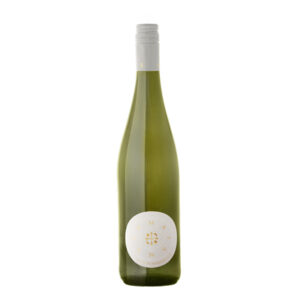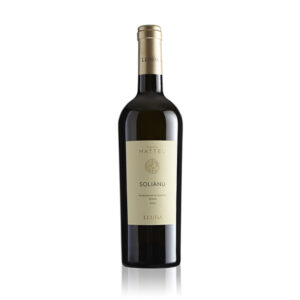Sardegna
Wild, ancient, untamed Sardegna is one of the jewels of the Mediterranean. Viticulture here began with the indigenous Nuragic peoples 3,500 years ago. The Phoenicians brought improved viticultural techniques from the 9th century BC, but the Carthaginians, then the Romans, compelled the island instead to produce wheat for their armies.
Sardgena was placed under Aragon rule – though as its own Kingdom – by the Pope in the late 1200s. This was an important step in the island’s oenological development, as we find Spanish influences in grapes (Cannonau is a synonym of Garnacha/Grenache, and Carignano of Cariñena/Mazuelo/Carignan) and in production techniques (Vernaccia di Oristano DOC and Malvasia di Bosa DOC are both made the same way as sherry).
In 1718 Sardegna was given to the House of Savoy and we see, again, the echo of these outside influences in today’s Sardinian wine landscape, by way of the presence of grapes such as Nebbiolo and Vermentino (a biotype of the Langhe’s Favorita and Liguria’s Pigato). It should be mentioned that all of the aforementioned grape varieties have been present in Sardegna for hundreds of years, and are considered not only native, but a part of the island’s rich fabric of quality appellations and winemakers.
Sardegna is largely hilly, with granitic mountains on its western side and pockets of volcanic rock on its eastern side. The maestrale wind buffets the island, and in viticultural terms this moderates positively the considerable heat experienced during the growing season.
A feature of winemaking specific to the north-east region of Gallura, is that vineyard sites often rest on acidic granitic sands. Other Sardinian soil types include chalk, clay, limestone and sands of marine and alluvial origin, with volcanic subsoils in the west.
Showing all 4 results




